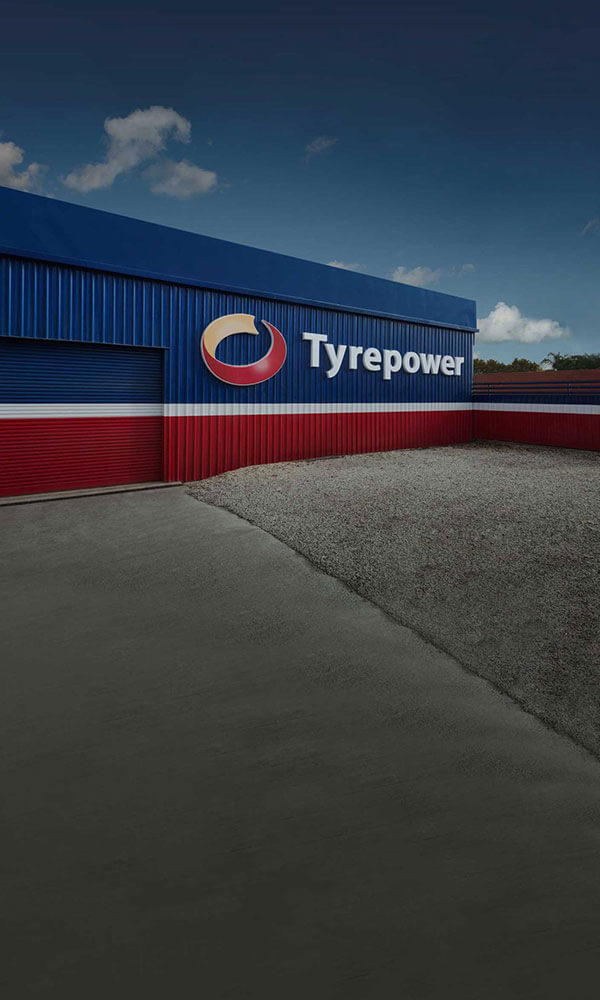Tread wear is a key factor in tyre care and safety.
Check air pressures in all tyres regularly
It is preferable that this check be made weekly, when tyres are cold, and using a gauge known to be accurate.
Ensure you have the correct tyre for your car
You can check this by referring to the tyre placard fitted to the car which indicates the correct size, speed rating and load capacity, as well as recommended inflation pressures. The placard is fitted to all vehicles manufactured since 1973 and is usually contained in the glove box, on the driver's door pillar or under the front bonnet.
Ensure that tyres have more than 1.6mm of tread
Most new tyres have about 8-9 mm of tread pattern when manufactured but when the tread wear reduces down to less that 1.6mm, the tyre may be unsafe to use in wet conditions and should be replaced as soon as possible. Tyres have indicators in their tread pattern which show as lines across the tread when reduced to 1.6mm.
Avoid "mixing" tyres
Radial ply and diagonal ply tyres have different handling characteristics and it can be dangerous to "mix" them on your car. It can also be dangerous to mix tyres of different sizes or aspect ratios. You should consult your Local Tyrepower Pro for specific advice.
Avoid hard braking and sudden acceleration
Tyres may wear quickly if consistently subjected to hard braking or rapid acceleration. Adopting a conservative driving style will maximise tyre life.
Use care when parking to avoid tyre damage
Many impact fractures occur in the sidewall area of the tyre rather than the tread.Careful parking will reduce damage to tyre sidewalls that can occur through contact with kerbs.
Have your tyres fitted by a specialist
It is crucial that tyres are fitted to the wheel correctly. Poorly-fitted tyres can result in vibration, premature failure, poor handling or rapid tread wear.
Do not use sealants to repair punctures
While sealants may be acceptable as a temporary emergency measure after a puncture has occurred, they often do not fully inflate the tyre. For optimum safety, the vehicle should be driven at reduced speeds until the tyre can be changed or permanently repaired. Sealants should not be used as preventative measures, the use of sealants may invalidate tyre warranties. After a puncture, it’s best to get tyres checked professionally to assess what damage has occurred, and whether the tyre sill complies with minimum safety standards.

